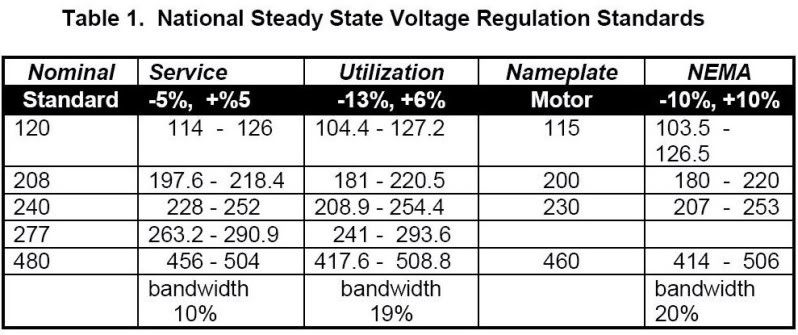jackie_chad
Member
- Location
- Tennessee
Hello everyone,
I am an electrical engineering student and have been searching out an answer to this question for several days. Could someone please tell me the tolerances on a 120V and 240V outlet in a residential home. I have seen +/-5% and +/-10%, along with other numbers throughout my search. Is there a standard that dictates what these voltage tolerances are?
Thank you for your time.
I am an electrical engineering student and have been searching out an answer to this question for several days. Could someone please tell me the tolerances on a 120V and 240V outlet in a residential home. I have seen +/-5% and +/-10%, along with other numbers throughout my search. Is there a standard that dictates what these voltage tolerances are?
Thank you for your time.

